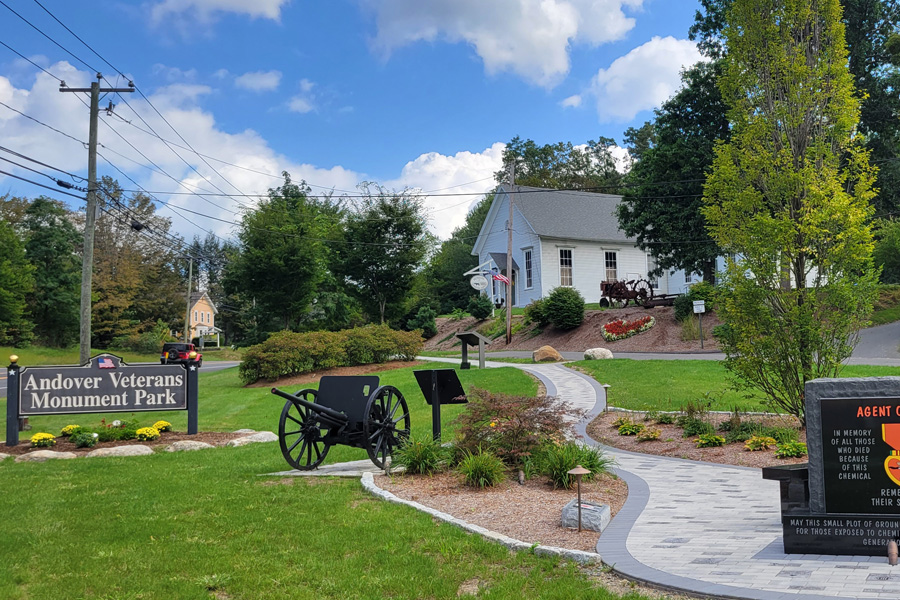Exploring the History of Andover, Connecticut

Situated in the picturesque countryside of Tolland County, Andover, Connecticut, boasts a rich history that spans centuries. From its colonial origins to its evolution into a charming New England village, Andover's story is a testament to the resilience, ingenuity, and community spirit of its residents.
Colonial Settlement and Early Days:
The history of Andover dates back to the colonial era when European settlers first arrived in the region in the early 18th century. The area was originally inhabited by Native American tribes, including the Podunk and Wangunk peoples, who had long relied on the rich natural resources of the Connecticut River Valley for sustenance.
The arrival of European settlers led to the establishment of Andover as a farming community, with settlers clearing the land and cultivating crops such as corn, wheat, and rye. The town's fertile soil and abundant waterways made it an ideal location for agriculture, and farming became the primary occupation of Andover's early residents.
Revolutionary War and Independence:
During the Revolutionary War, Andover played a significant role in the struggle for American independence. Many of its residents joined the patriot cause, serving in the Continental Army or providing support to the colonial militias.
Andover's strategic location along the Hartford to Boston Turnpike made it a key transportation route for military supplies and troops, and the town's residents contributed food, supplies, and manpower to the war effort. The town's commitment to the cause of liberty and freedom helped to secure victory for the American colonies.
Industrial Revolution and Economic Growth:
In the 19th century, Andover experienced significant growth and development with the onset of the Industrial Revolution. Mills and factories sprang up along the banks of the Hop River, harnessing its power to drive machinery and produce goods.
The textile industry flourished in Andover, with mills producing textiles, cloth, and other goods for markets across New England and beyond. The growth of industry brought new opportunities for employment and economic prosperity to the community, attracting workers and entrepreneurs to the area.
Community Life and Social Institutions:
Throughout its history, Andover has been a close-knit community with a strong sense of social cohesion and mutual support. Churches, schools, and civic organizations played a central role in the life of the community, providing opportunities for social, spiritual, and intellectual enrichment.
Andover's educational institutions, including schools and academies, provided residents with access to quality education and opportunities for personal and professional advancement. The town's commitment to education and lifelong learning continues to be a hallmark of its identity.
Modern Era and Preservation Efforts:
Today, Andover retains much of its historic charm and character, with many well-preserved colonial buildings and landmarks still standing. The town's historic district, centered around the village green, is listed on the National Register of Historic Places and attracts visitors from near and far.
Efforts to preserve Andover's historic heritage are ongoing, with residents and local organizations working together to protect and maintain the town's historic buildings, landmarks, and landscapes. From historic house tours to community events, there are countless opportunities for residents and visitors alike to explore Andover's rich history and cultural heritage.
Conclusion:
Andover, Connecticut, is more than just a town—it's a living testament to the resilience, ingenuity, and community spirit of its residents. From its colonial beginnings to its modern-day identity, Andover's history is a reflection of the enduring values that have shaped the community for centuries. As Andover continues to evolve and grow, it remains rooted in its past while embracing the opportunities of the present and future.
- Hits: 25